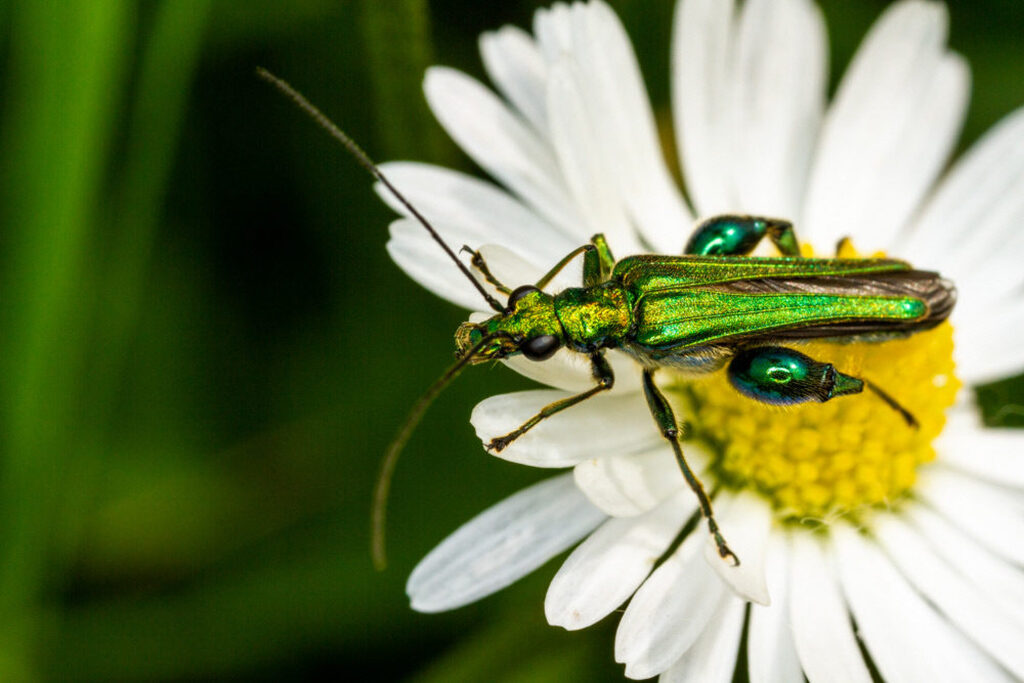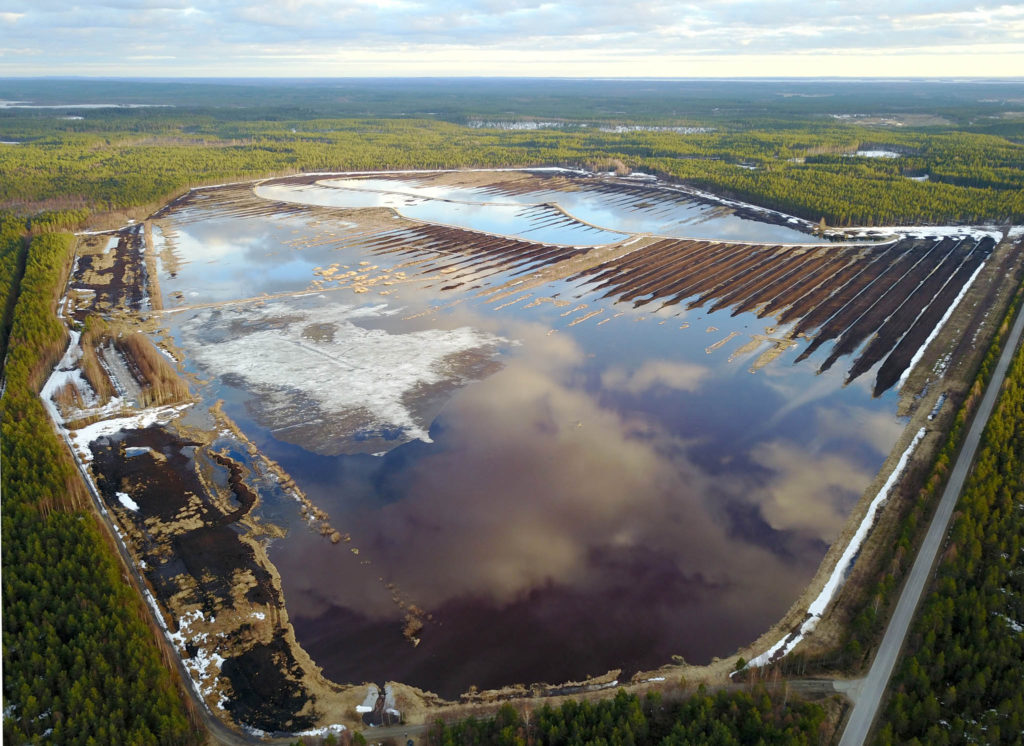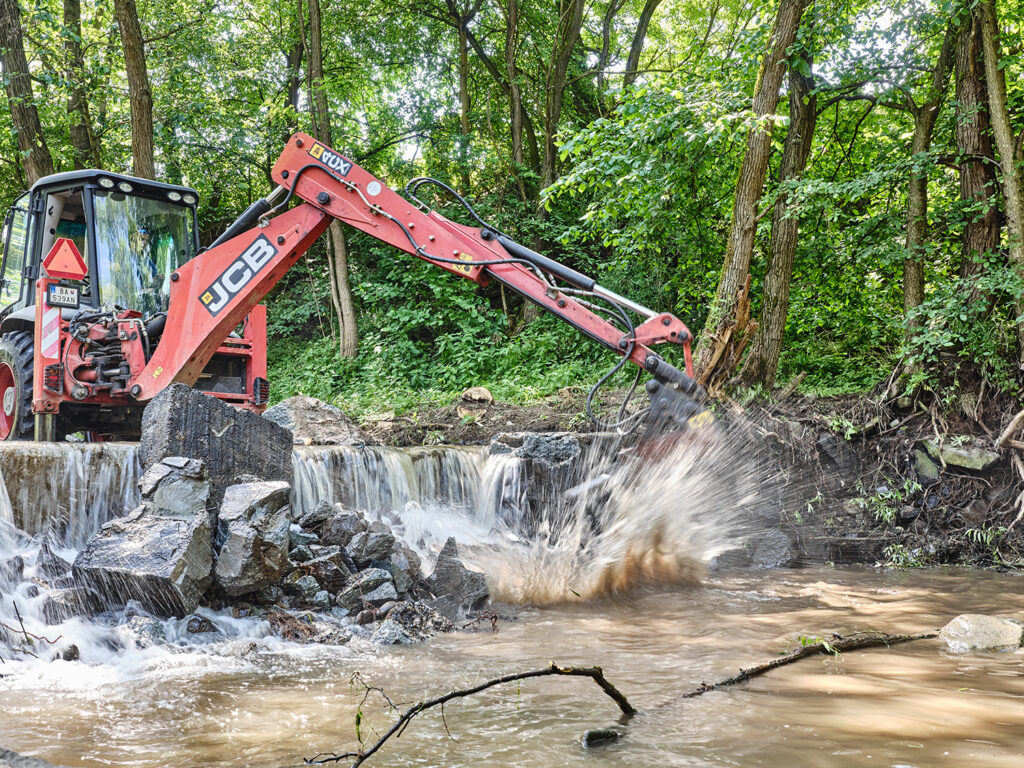The EU has just published its proposal for legally binding nature restoration targets. We now have a huge opportunity to recover European nature, with rewilding playing a leading role.

A compelling opportunity
The restoration of nature can play a critical role in helping to mitigate the scale and impact of climate change, reverse biodiversity decline, and make our planet more liveable – both now and in the future. Rewilding has already proven itself to be one of the best ways of delivering that restoration, both in Europe and across the world.
But for nature restoration to have a meaningful and game-changing impact, it must be underpinned by ambitious, cohesive, and enforceable legislation. It is great news, therefore, that today the EU Commission has released its long-awaited proposal for legally binding nature restoration targets. Applicable to all EU Member States, this new “Restoration Law” is a key element of the EU Biodiversity Strategy for 2030.
“As we look towards 2030 we now have a unique and hugely compelling opportunity to address both our biodiversity and climate emergencies through nature restoration,” says Rewilding Europe Executive Director Frans Schepers. “A strong Nature Restoration Law is a much-needed tool to deliver such restoration in Europe. All EU Member States should adopt binding targets and clear restoration guidelines as soon as possible.”

Diverse legislation
In the EU Biodiversity Strategy 2030, the European Commission acknowledges that ecological restoration is a critical nature-based solution for reducing carbon emissions, enabling climate adaptation, and generally improving the EU’s ecological health and the wellbeing of its citizens.
At present only 23% of species and 16% of habitats under the EU’s Nature Directives are considered in good condition. Today’s proposal not only aims to address this failure, but focuses attention on the need to restore habitats and landscapes that have been degraded by decades of intensive agriculture, forestry and overfishing, and fragmented by infrastructure.
The proposed Restoration Law establishes a number of binding, ecosystem-specific restoration targets and obligations across a broad range of ecosystems: peatland, marshland, forest, heathland and scrub, grassland, rivers, lakes and alluvial habitat, and coastal wetland. Together, these measures should cover at least 20% of the EU’s terrestrial and marine areas by 2030, and all ecosystems in need of restoration by 2050.

Peatlands: a case in point
One example of a target put forward in the new law relates to the restoration of peatland drained for agriculture. According to the new proposal, 30% of such areas must be restored by 2030 – of which at least a quarter are rewetted. This increases to 50% by 2040 (of which half are rewetted), and 70% by 2050 (of which half are rewetted).
Rewilding Europe has supported the rewilding of peatland in Finland through loans provided by Rewilding Europe Capital, and is actively working with landowners and communities in the Affric Highlands of Scotland to restore peatlands. It will soon launch an initiative to enhance the commercial viability of peatland rewetting through the sale of nature-based carbon credits.

Rivers, pesticides and pollinators
The proposed law also lays down binding goals to increase farmland bird populations, reverse the decline of pollinators, reduce pesticide and fertiliser use (50% and 20% respectively), and restore 25,000 kilometres of rivers through the removal of obsolete barriers and the restoration of floodplains and wetlands.
Such river restoration is typified by Rewilding Europe’s ongoing efforts in the Danube Delta, where lakes and wetlands are gradually being reconnected with the River Danube, breathing new life into the area. Rewilding Europe is also a founder partner of Dam Removal Europe, which is working to restore European rivers through the removal of obsolete dams and weirs.
The 50% reduction in the use of chemical pesticides by 2030 is hugely important to the health of European ecosystems, which cannot be properly restored until they are free from harmful chemicals. Rewilding Europe recently joined forces with other conservation organisations to suggest revisions to the EU Pollinators Initiative, which will put in place a framework of actions to reverse the decline in Europe’s wild pollinators by 2030 (pesticide use has played a major role in this decline). This biodiversity strategy commitment has just been made legally binding by the new proposal.

Rewilding to the fore
Rewilding is the ideal way for EU member states to transform their degraded ecosystems into “high quality” nature governed by natural processes. Such a transformation would not only help them meet their nature restoration targets, but would see fully functional and well-connected ecosystems deliver a wide range of benefits. Benefits that encompass everything from cleaner air and more fertile soil to stronger, more sustainable economies, greater resilience to diseases such as Covid-19, and an enhanced ability to lock up and store atmospheric carbon.
It is now up to the Council of the EU and the European Parliament to discuss and speedily ratify today’s proposal, strengthening it in areas where it remains weak. After that, it will be the responsibility of all EU member states to realise it through national restoration plans.
The economic rationale for restoration is strong: according to the EU’s own impact assessment, every euro invested in nature restoration adds between 8 and 38 euros in benefits! Rewilding Europe’s work on enterprise and enabling local communities to benefit from wild nature is aligned with this economic imperative.
Restoring the range of habitats encompassed by the new Restoration Law not only means improving their condition where they are degraded, but also re-establishing them where they have been lost, thereby expanding their spatial extent. Rewilding can help to deliver this ambition of a Europe that has more extensive areas of wilder nature, making it more liveable for every European citizen.

Policy paper
Rewilding Europe, together with 19 other NGOs, published a policy paper in October 2020 entitled “Restoring the EU’s Nature“. This put forward joint recommendations for key elements of the Restoration Law. In addition to covering restoration targets, these recommendations also outline how restoration measures should work to ensure targets are met as quickly and effectively as possible, with rewilding playing a key role.
